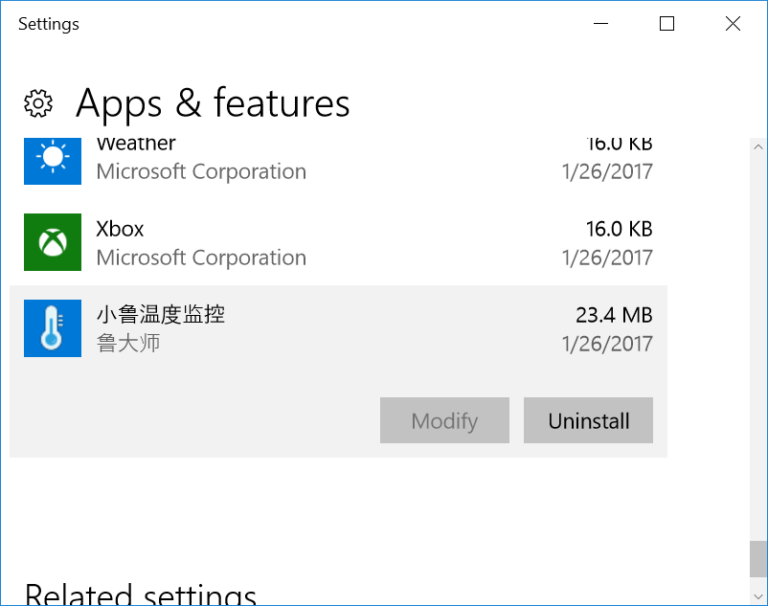
It works perfectly fine with the SCSI2SD, however it doesn’t come preinstalled on a bootable floppy. The solution is to use the third-party disk formatter Lido 7.5.6. They don’t recognize the non-Apple drive by default, and even if you get a “patched” version which does, the resulting disk will have data corruption problems. However, I’ve found that those programs don’t work well with the SCSI2SD. The usual process is to boot from a floppy and use either the Apple HD SC Setup (for System 6) or Drive Setup (for System 7) program to format the drive. The first thing I want to do is format that 1.75 GB drive with an HFS filesystem.
#Mini vmac windows install#
I’m using the aforementioned SCSI2SD to simulate a single 1.75 GB hard drive, on which I intend to install System 7.5.5. I’ve installed 64 MB of RAM along with a GGLABS MACSIMM ROM replacement. Now it’s time to get that disk formatted and a working system installed, but to do so I’ll need to create a boot floppy first.Īs a quick recap, at this point I have a Macintosh SE/30 with a working floppy drive. It's already being supported by several floppy emulators.In Part VIII of this series, I finished prepping a 2 GB SD card for the SCSI2SD that will serve as the primary disk for my vintage Macintosh SE/30.
#Mini vmac windows portable#
This would enable previously-uncopyable software to be made available in an easy-to-use and portable format. It is open, documented, and has support for copy protection built into the format. It is specifically designed for Macintosh disks. If there ever is a major shift in all the software archives out there, my vote is for the. use common sense and just save as an ISO. Just make sure that if you use Disk Copy 6 to save it as Disk Copy 4 format.ĬD, DVDs, etc. You can either use the Disk Copy 4.2 application (which I recommend for floppy disks), or Disk Copy 6. The format is widely supported by both software and hardware emulators. They don't need to be encoded, and can be safely shared with non-Macintosh computers. However, it would be nice if there was a concerted effort to convert all the original software to more portable formats like raw DSK and ISO files.įor now, a general rule of thumb: Use the Disk Copy 4 format for floppy images. The problem was never the Macintosh, just that users new to vintage Macs are simply unaware just how long software archiving has been going on with the Macintosh in general (which is to say, the entire existence of the product line.) A lot of the software currently on the internet has remain unchanged since the 1980s and 1990s. So to say that it's nonstandard bullshit is not accurate. Only relatively recently have they been uploaded to more modern websites as trademarks expire and copyright exemptions are made for vintage software. DC4 and later DC6 image formats haven't changed in nearly 40 years, and a lot of the software now available on places like Macintosh Garden were actually imaged 20-40 years ago said software had previously been floating around on usergroups, BBSes, Gopher, FTP, and early internet archives for several decades prior to being uploaded to places like Macintosh Garden.

Disk images (and the Disk Copy application) have been apart of the Macintosh ethos since its inception in 1984, with the Disk Copy 4 format released only a few years later.


 0 kommentar(er)
0 kommentar(er)
